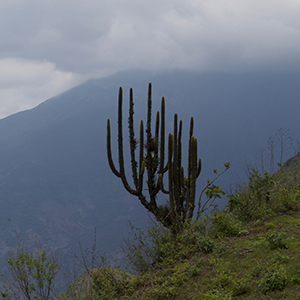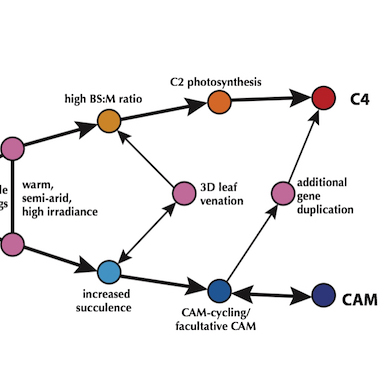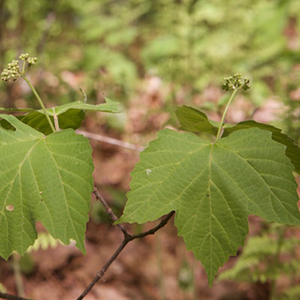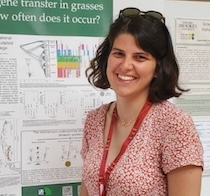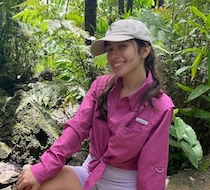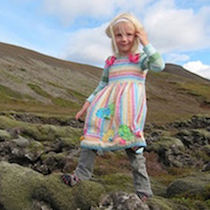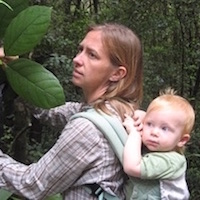Lab Alums:
Carlos Maya-Lastra, post-doc (2022-2023)
Jose Moreno-Villena, post-doc (2018-2022)
Haoran Zhou, post-doc (2019-2021)
Anthony Baniaga, post-doc (2019-2021)
Karolina Heyduk, post-doc (2018-2019)
Eric Goolsby, post-doc (2016-2018)
Zachary Lewis, post-doc (2016-2017)
Abigail Moore, post-doc (2013-2016)
Jurriaan de Vos, post-doc (2013-2015)
David Chatelet, post-doc (2010-2015)
Radika Bhaskar, post-doc (2011-2014)
Pascal-Antoine Christin, post-doc (2010-2012)
Monica Arakaki, post-doc (2009-2012)
Ian Gilman, grad student(2017-2023)
Josh Randall, grad student (2020-2023)
Morgan Moeglein, grad student (2014-2021)
Lillian Hancock, grad student (2012-2017)
Laura Garrison, grad student (2010-2016)
Matt Ogburn, grad student (2007-2012)
Nora Heaphy, undergrad and research technician (2020-2022)
Anthony Sarkiss, undergrad (2019-2021)
Haley Carter, undergrad (2014-2017)
Eric Kelosa-Kenyon, undergrad (2013-2015)
Regan Lichtenberg, undergrad (2013-2015)
Arisa Lohmeier, undergrad (2012-2014)
Joel Abraham, research technician (2018-2019)
Elizabeth Spriggs, undergrad and research technician (2008-2012)
Asya Rahlin, undergrad (2011-2012)
Alejandro Brambila, undergrad (2011-2012)
Sam Schmerler, undergrad (2008-2011)
Anne Williard, undergrad (2008-2009)
Cassidy Metcalf, undergrad (2007-2008)
Elissa Martin, research tech (2017-2018)
Kaya Schmandt, research tech (2008-2010)
